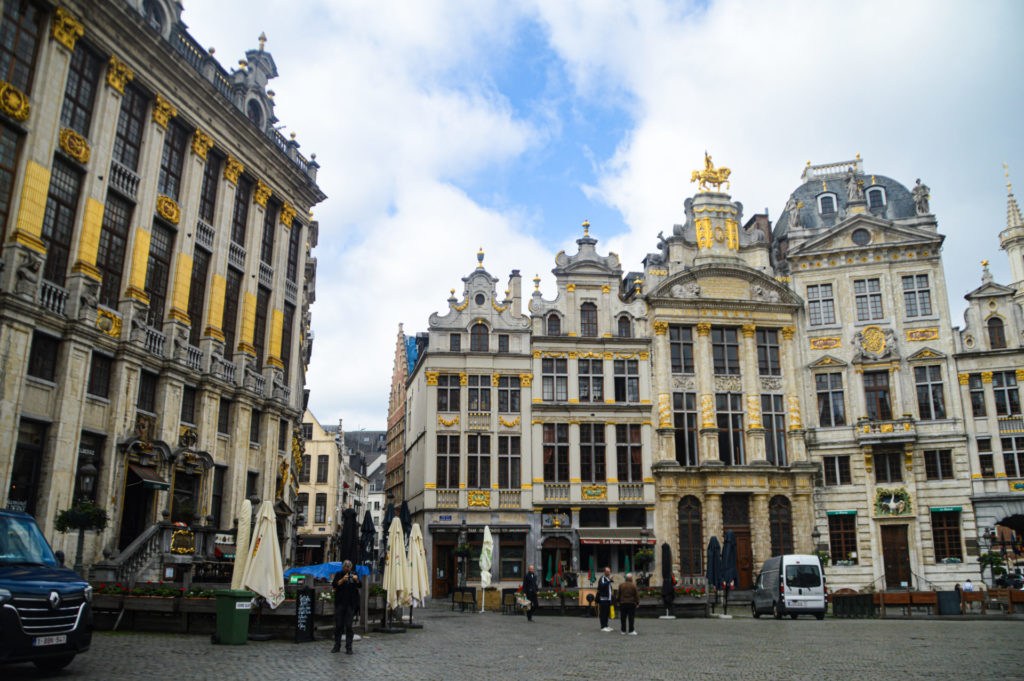All of Belgium is now an orange zone again, following the latest update of the travel map of the European Centre for Disease Prevention and Control (ECDC) on Thursday.
In the update, Flanders and Wallonia, which turned green in recent weeks, both coloured orange again, due to the increasing number of Covid-19 cases across the country.
The Brussels-Capital Region, which already was considered an orange zone, keeps its orange colour.
This colour change could have concrete consequences for those travelling in the EU, as the colours are used by Member States to impose conditions on returning travellers, such as mandatory testing or quarantine. The colour code of a region is also taken into account for the admission of travellers in their own countries.
While Member States cannot impose extra restrictions on travellers coming from a green area, they can demand testing and/or quarantine from people coming from orange zones.
During a press conference on Wednesday 7 July, virologist and interfederal Covid-19 spokesperson Steven Van Gucht already predicted that the then-green Flanders and Wallonia would "soon" become orange again due to the rising infection rate.
Additionally, Spain, the Netherlands, Cyprus and Luxembourg have all turned completely red, and Portugal remains red as well, according to the update.
In Greece, more regions turned from green to orange, and the region of the capital Athens went red, as did the island of Crete.
Three French regions are also orange now, while the rest of the country remains green. For the time being, Italy remains completely green as well.

